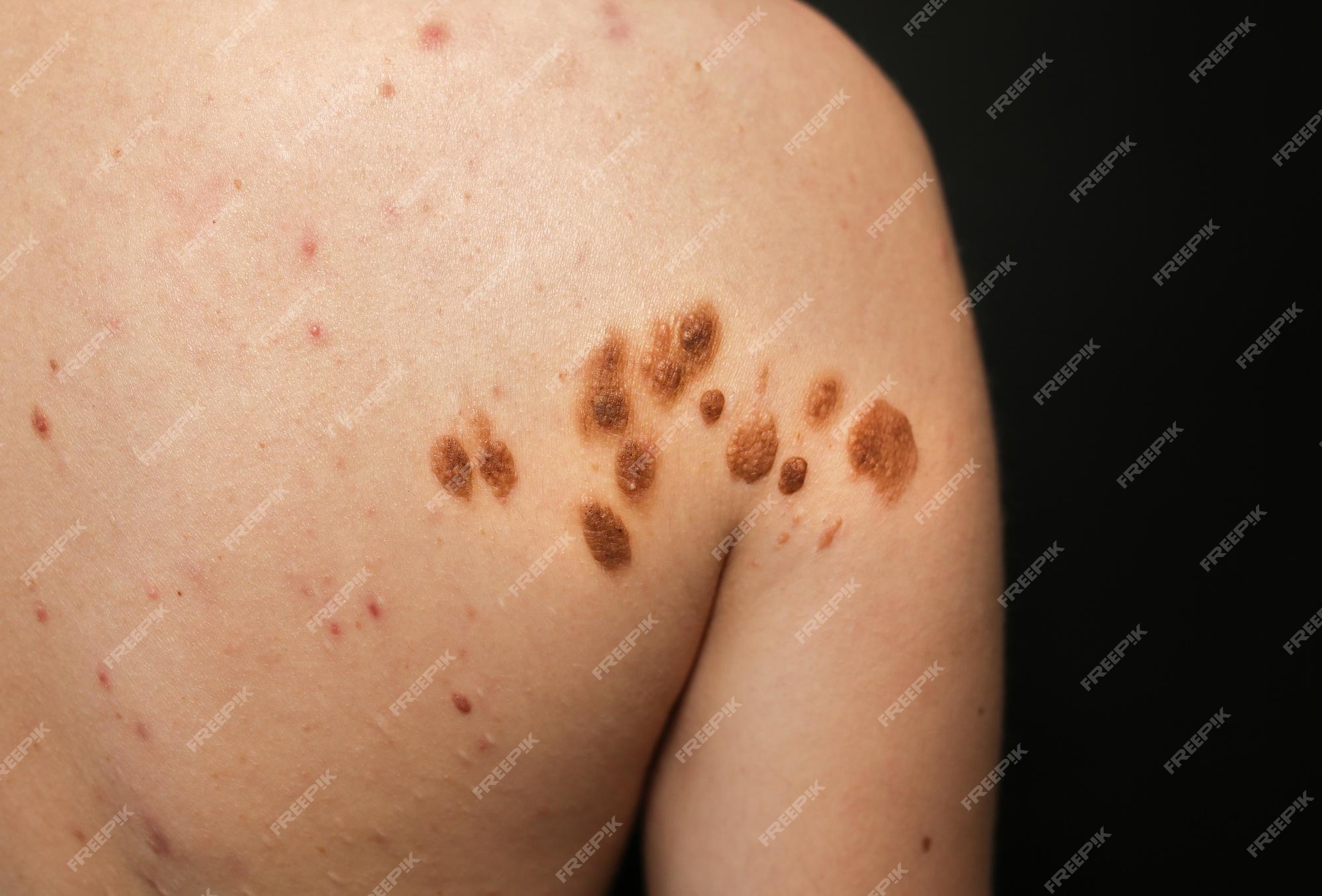
Introduction
In a world full of unique individuals, birthmarks stand as distinct imprints on our skin, each telling a story of its own. These intriguing and often mysterious marks have captured the curiosity of people for centuries. In this article, we’ll delve into the captivating topic of birthmarks, exploring their types, causes, myths, and the underlying science. Join us on a visual journey to uncover the secrets behind these skin anomalies.
The Basics of Birthmarks
What are Birthmarks?
Birthmarks are pigmented or vascular anomalies that appear on a person’s skin shortly after birth or during infancy. They can range in size, shape, and color, making each one unique.
Types of Birthmarks
- Port-Wine Stains (Vascular Birthmarks)
- These birthmarks are red or purple and result from an abnormal formation of blood vessels beneath the skin.
- Café-au-Lait Spots
- These are light brown in color and typically oval-shaped. They are often present at birth but may develop during early childhood.
- Mongolian Spots
- Common among infants with darker skin tones, these birthmarks are blue-gray and usually fade as the child grows older.
- Hemangiomas
- These are raised, red birthmarks caused by an excess of blood vessels. They often appear within the first few weeks of life.
- Salmon Patches
- Also known as stork bites or angel kisses, these are pink or red marks that often appear on the nape of the neck, eyelids, or forehead.
- Strawberry Hemangiomas
- These birthmarks are raised, red, and often resemble strawberries. They tend to grow during the first year of life and then gradually fade.
- Congenital Moles
- These are dark, brown, or black moles present at birth. They can vary in size and shape.
What Causes Birthmarks?
The exact causes of birthmarks are not always clear, but they can generally be attributed to two main factors:
- Vascular Birthmarks: These are caused by irregularities in blood vessels during fetal development.
- Pigmented Birthmarks: these occur due to an overproduction of melanin, the pigment responsible for skin, hair, and eye color.
Birthmark Myths and Legends
Birthmarks have long been the subject of myths and superstitions around the world. Here are some intriguing beliefs associated with birthmarks:
- In some cultures, birthmarks are thought to be a sign of past-life injuries or traumatic experiences.
- Certain birthmarks are believed to bring luck or protection against evil spirits.
- In Chinese culture, the location of a birthmark is said to reveal insights into a person’s personality and future.
Modern Perspectives and Medical Insights
While birthmarks have been steeped in myths and legends, modern medicine provides us with a clearer understanding of their origins and treatments. Dermatologists and pediatricians can often diagnose and monitor birthmarks, ensuring they pose no health risks. Treatment options may include laser therapy, surgery, or simple observation, depending on the type and location of the birthmark.
Conclusion
Birthmarks are a testament to the uniqueness of each individual. They come in various forms, colors, and sizes, adding character to our skin. Whether you view them as mysterious symbols or merely a part of who you are, birthmarks are a fascinating aspect of human diversity.
Frequently Asked Questions (FAQs)
- Can birthmarks change in appearance over time?
- Yes, some birthmarks, particularly vascular ones, can change in color, size, or texture as a person grows.
- Are birthmarks hereditary?
- While some birthmarks may have a genetic component, many occur spontaneously and are not inherited.
- Do birthmarks require medical treatment?
- Not all birthmarks require treatment. Medical intervention is typically considered when a birthmark poses a health risk or causes cosmetic concerns.
- Can birthmarks be removed completely?
- In many cases, birthmarks can be significantly faded or removed through various medical procedures. However, complete removal is not always guaranteed.
- Are there any famous individuals with distinctive birthmarks?
- Yes, several famous people, such as Marilyn Monroe and Cindy Crawford, have embraced their distinctive beauty marks as part of their identity.
